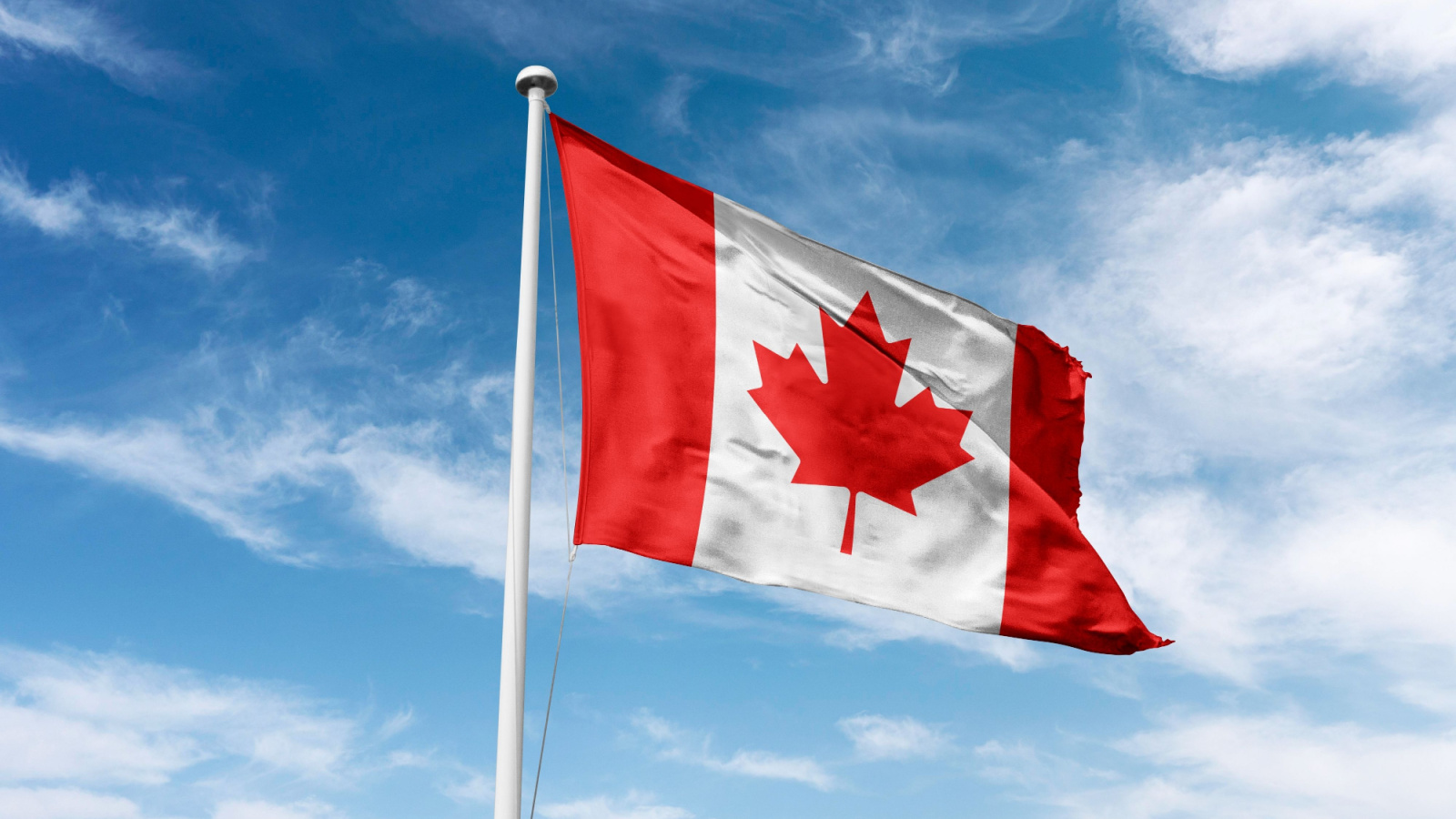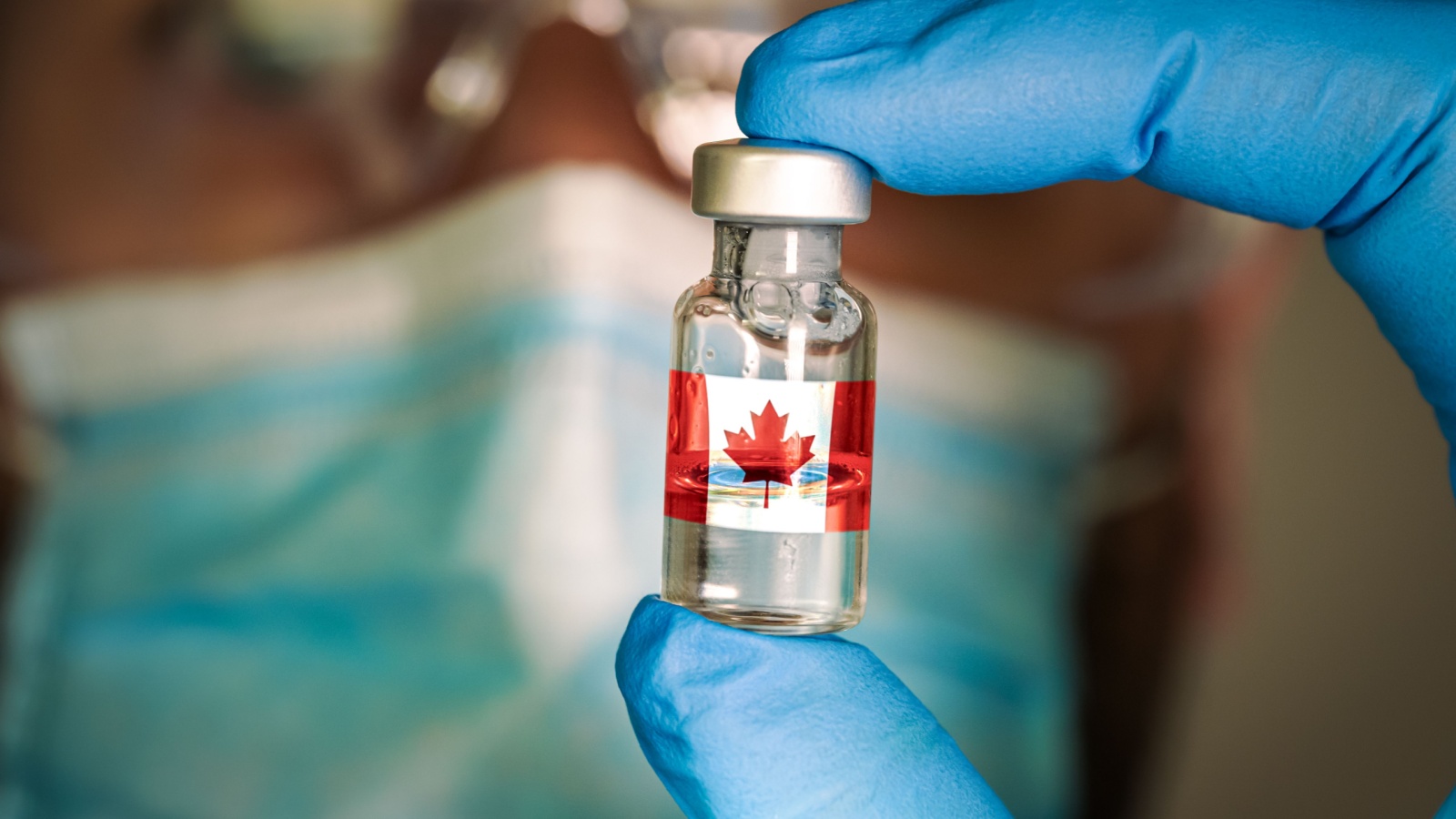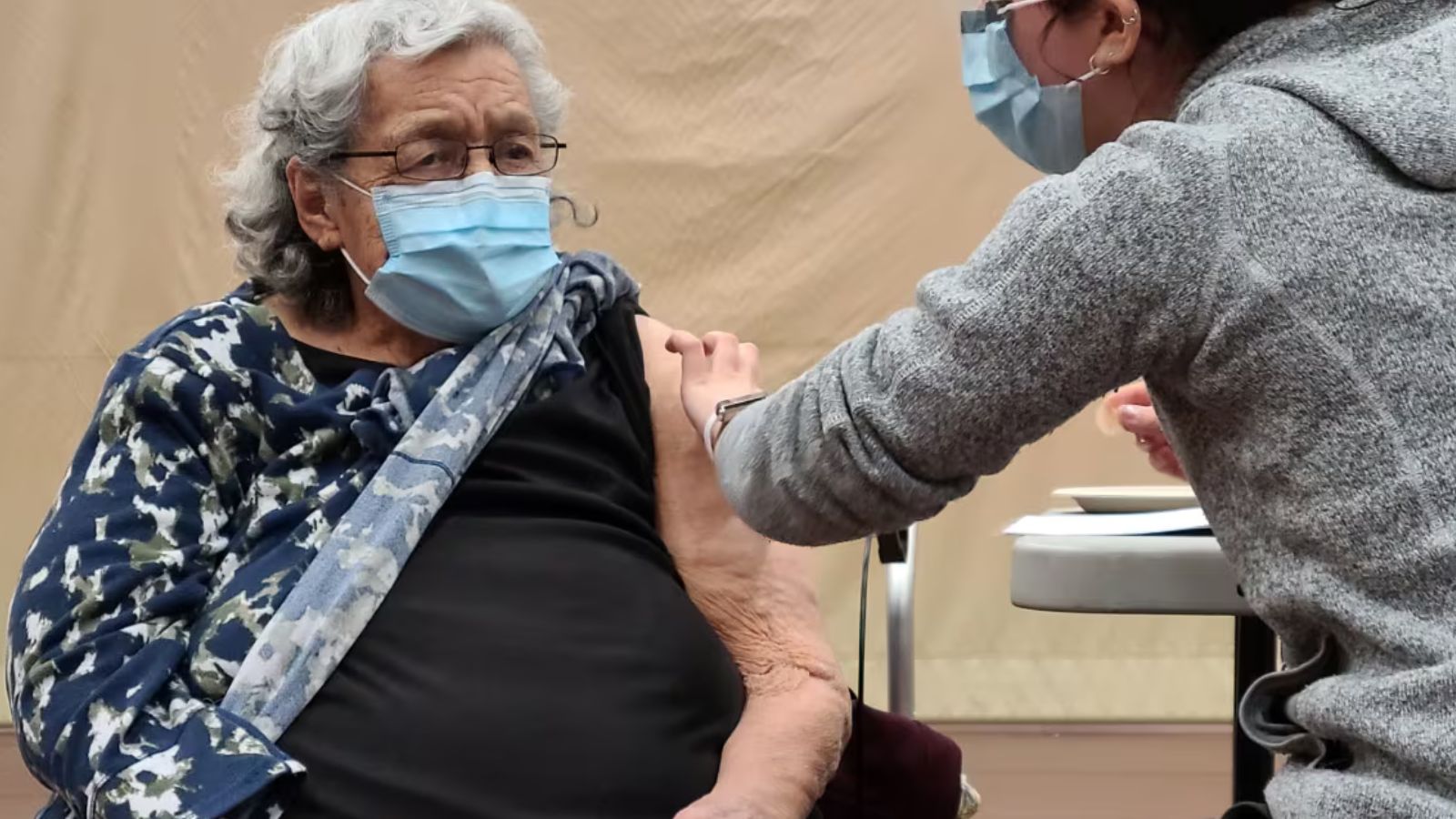Canadians often joke about waiting rooms and paperwork, but beneath the grumbles, our health care system quietly pulls off miracles every single day. It’s not perfect yet time and again, it proves its heart, its innovation, and its humanity. From remote Arctic medicine to world-leading research, Canada’s care has moments that humble even the sceptics. Here are 21 moments our healthcare surprised even us.
When Remote Doctors Became Lifelines by Satellite

In the far North, where travel is often impossible, satellite-linked consultations have transformed care. Doctors in Nunavut now connect instantly with specialists in Toronto or Vancouver. A child with breathing trouble or a senior with chest pain can receive real-time guidance without leaving their community. What once required flights and delays now happens in minutes. Telemedicine proved that distance doesn’t have to mean disadvantage. It’s a quiet revolution that ensures geography no longer decides survival.
The Day Canada Became a Leader in Organ Donation

When Nova Scotia introduced “presumed consent” for organ donation in 2021, the world watched closely. Many doubted whether it would work. It did. Donations surged, saving dozens of lives within the first year. The ripple effect spread nationwide, prompting conversations about modernizing systems and removing stigma. Canadians saw their compassion made policy. Doctors called it one of the most progressive health initiatives in decades.
When Canadian Researchers Found Insulin — and Gave It Away

In 1921, Frederick Banting and Charles Best changed the world. They discovered insulin at the University of Toronto — then sold the patent for $1. They believed medicine belonged to humanity, not profit. Their generosity shaped global diabetes care and inspired Canada’s research culture. A century later, insulin still symbolizes the Canadian approach: science guided by ethics. Few nations have given so much without asking for glory. Every diabetic alive today carries a trace of that Toronto lab’s spirit.
When Nurses Became Northern Heroes

In countless small towns, nurses are the entire health system. In northern Manitoba, Saskatchewan, and the Yukon, they deliver babies, set fractures, and handle emergencies alone. Their skill and resilience often mean the difference between life and tragedy. During storms, they snowmobile through whiteouts to reach patients. They don’t seek praise — they simply care. Canada’s northern nurses prove that heroism doesn’t wear capes; it wears parkas. They embody health care at its purest: humble, hands-on, and human.
When a Small-Town Hospital Saved a Hockey Team

After a brutal bus crash in Saskatchewan in 2018, local hospitals mobilized instantly. Surgeons, nurses, and volunteers flooded emergency rooms through the night. The Humboldt tragedy tested everyone — and showed what community medicine truly means. Donations poured in, specialists arrived by air, and trauma teams worked nonstop. Many survivors later credited rural hospitals for their quick actions and calm coordination. It reminded Canadians that even the smallest health centres hold an immense heart.
When Mental Health Became a National Conversation

For decades, mental health was whispered about. Then, campaigns like Bell Let’s Talk turned silence into dialogue. Canadian hospitals expanded crisis programs, universities added counsellors, and stigma began to crumble. The system’s shift wasn’t just structural — it was cultural. Suddenly, patients seeking help weren’t alone or ashamed. Doctors, athletes, and everyday Canadians shared their stories publicly. It didn’t fix everything, but it made healing visible. That transparency changed lives.
When the World Learned from Our HIV Clinics

In the 1990s, while stigma still surrounded HIV globally, Canada quietly built some of the world’s best care networks. Clinics in Toronto, Vancouver, and Montreal pioneered patient-centred models focusing on dignity and prevention. Free testing, compassionate treatment, and community outreach replaced judgment with understanding. These programs became blueprints internationally. Canada’s HIV care didn’t just save lives — it reshaped global health ethics.
When Vaccines Reached the Arctic Before the Headlines

During the COVID-19 rollout, one of the system’s biggest surprises came from logistics. Vaccines reached Nunavut, the Northwest Territories, and remote Indigenous communities faster than expected — before many major cities. Local nurses and pilots braved extreme weather to ensure no one was left behind. For once, equity didn’t lag; it led. Canada showed that compassion can move faster than bureaucracy when urgency meets unity.
When Pharmacare Became a Real Conversation

For decades, Canadians have debated national pharmacare. It always felt theoretical — until 2024, when federal discussions turned into real policy groundwork. The pilot programs in B.C. and Prince Edward Island offered free contraception and diabetes medications. The response shocked even policymakers: higher adherence, better health, fewer ER visits. It proved that affordability is a strategy.
When Indigenous Healing Met Western Medicine

In northern Ontario, hospitals began blending traditional Indigenous healing with modern treatment — ceremonies, language, and elders alongside doctors and nurses. The results were profound. Patients reported faster recovery and greater trust. Health care became not just clinical, but cultural. These programs are now models for reconciliation in practice, not politics.
When a Country Turned Out for Its Health Workers

At the height of the pandemic, cities across Canada erupted in nightly applause. From balconies to driveways, Canadians clapped for doctors, nurses, cleaners, and paramedics. It wasn’t performative — it was gratitude. The applause echoed from Vancouver’s skyline to Newfoundland harbours. For once, the entire nation recognized its caregivers as heroes in real time. Health care had always been trusted; now it was celebrated. In those moments of unity, our system reminded us it’s built not on politics, but people.
When Cancer Care Reached the Smallest Towns

For years, cancer treatment meant travel, time off work, and emotional exhaustion. Then, mobile oncology units began rolling across rural Canada. These high-tech clinics deliver chemotherapy, screenings, and diagnostics directly to remote towns. For patients in Saskatchewan, Alberta, and the Maritimes, it’s life-changing. No more overnight trips or thousand-kilometre drives — just local, dignified care. The success stunned even doctors.
When a Canadian Invented the Pacemaker

In 1950, Winnipeg’s John Hopps built something that changed the world — the first external cardiac pacemaker. Inspired by frozen-heart research, he engineered a device that restarted the rhythm with electricity. It looked clunky, but it worked — and it saved countless lives. That spark of innovation shaped modern cardiology forever. Few remember Hopps’ name, but every heartbeat powered by pacemaker technology traces back to his lab. Canadians don’t brag often, but when they do, it’s usually about invention that saves lives.
When Paramedics Became Mental-Health Responders

In British Columbia and Ontario, new programs are redefining first response. Paramedics now work alongside social workers and mental-health nurses on crisis calls. Instead of police lights, compassion arrives first. The results are remarkable — fewer hospitalizations, calmer outcomes, and faster community referrals. It’s a quiet reform that changes everything. Canadians long viewed health care as reactive; now it’s proactive. By blending empathy with emergency service, our system proved it can evolve gracefully — saving minds, not just bodies.
When Hospitals Went Green

Toronto’s Humber River Hospital became North America’s first fully digital hospital in 2015, but its sustainability impressed everyone. It reduced waste, saved water, and used recycled materials throughout construction. Meanwhile, B.C. and Alberta followed with net-zero health facilities powered by renewables. Environmental health became part of patient health. Canadians discovered care doesn’t stop at the bedside — it extends to the planet.
When Dental Care Entered the National Chat

For years, dental health was the system’s forgotten cousin — vital but rarely covered. That changed in 2024 with the launch of Canada’s Dental Care Plan. Millions of families finally gained access to cleanings, fillings, and preventive care. Dentists saw patients who hadn’t been in a chair in decades. Health experts called it historic. For Canadians, it was simply overdue. Oral care shouldn’t depend on income. This step reminded us that true universal care includes every smile.
When a Robot Performed Surgery in Toronto

At Toronto General Hospital, surgeons used a robot to assist with delicate heart procedures that once required massive incisions. The precision was breathtaking. Patients recovered faster, with less pain and minimal scarring. Watching robotics blend with human expertise felt like science fiction turned real. The technology, pioneered partly by Canadian engineers, has since spread nationwide. Canada proved that innovation doesn’t require flash — just focus.
When Indigenous Midwifery Returned Home

Across Manitoba and northern Ontario, Indigenous midwives have reintroduced traditional birth practices to their communities. These programs, once lost through colonization, now thrive again with government support. Expectant mothers no longer travel hundreds of kilometres to urban hospitals; they deliver safely, surrounded by family, language, and ceremony. Health outcomes improved dramatically, and cultural confidence returned. Canada’s health care system surprised itself by rediscovering wisdom it once ignored.
When an ER Team Saved a Plane Passenger Mid-Flight

In 2023, a nurse from Calgary and a doctor from Halifax, both off-duty, performed emergency surgery on a flight from Vancouver to London. With limited tools and only instinct, they stabilized a passenger’s heart condition using oxygen masks and improvisation. When the plane landed safely, the crew called them heroes. Canadians saw something deeper — calm competence in chaos. It wasn’t just luck; it was training, teamwork, and heart. Even at 30,000 feet, Canadian care still showed up.
When Cancer Survival Rates Reached New Highs

Recent national studies revealed a stunning trend — Canada’s cancer survival rates are among the world’s highest. For breast, prostate, and colorectal cancers, outcomes have improved dramatically over two decades. Behind those numbers are countless innovations: early screening programs, better diagnostics, and compassionate follow-ups. It’s proof that quiet consistency beats quick fixes. Our health system may move slowly, but when it moves, it saves.
When Compassion Outpaced Politics

During major crises — SARS in 2003, wildfires in Alberta, COVID in 2020 — Canadian health workers didn’t wait for perfect policies. They acted. Doctors volunteered across provinces, nurses crossed borders, and retired professionals returned to clinics. Bureaucracy paused; humanity surged. Canadians watched strangers care for strangers with no thought of pay or praise. That, more than any innovation or budget, defines our health care.
21 Products Canadians Should Stockpile Before Tariffs Hit

If trade tensions escalate between Canada and the U.S., everyday essentials can suddenly disappear or skyrocket in price. Products like pantry basics and tech must-haves that depend on are deeply tied to cross-border supply chains and are likely to face various kinds of disruptions
21 Products Canadians Should Stockpile Before Tariffs Hit
